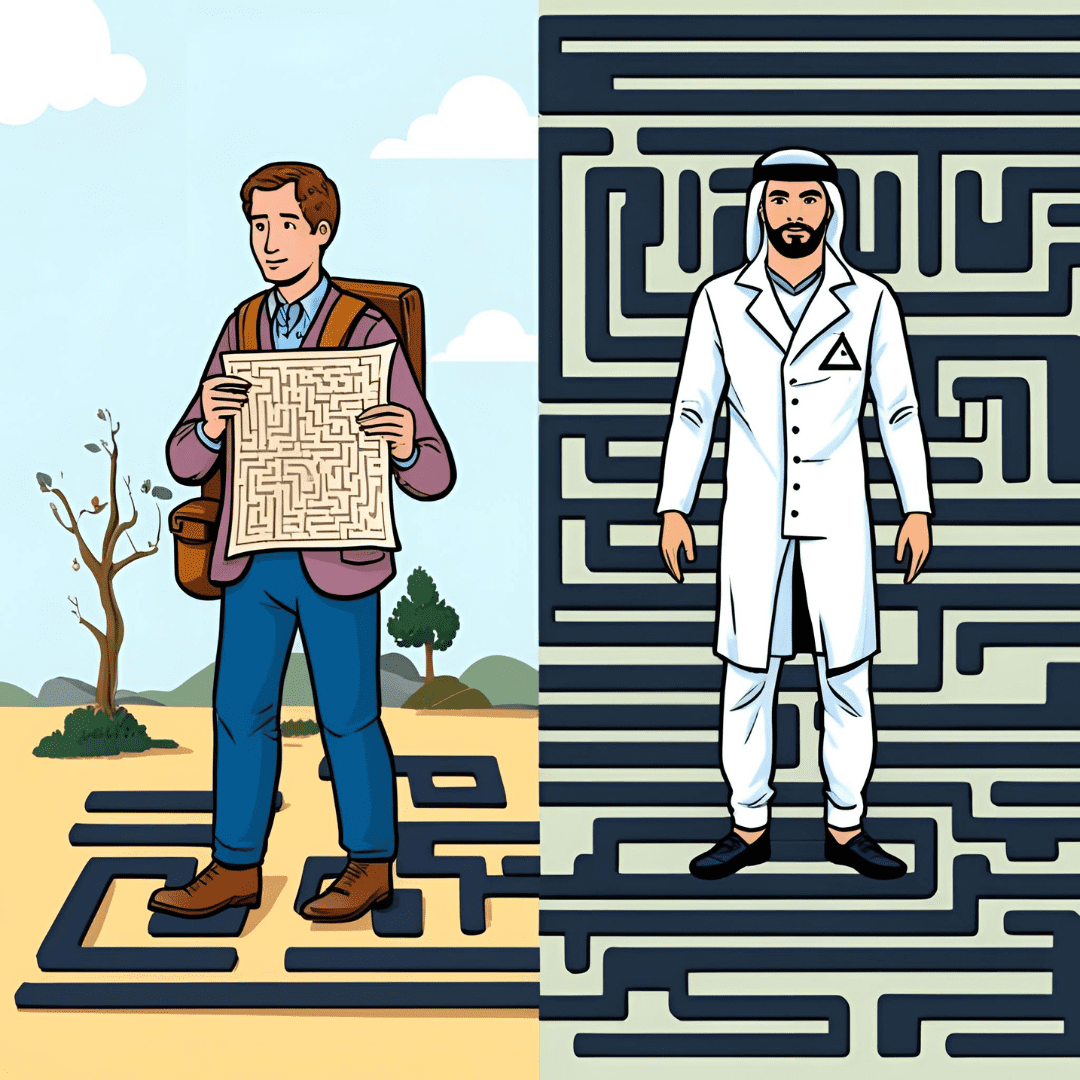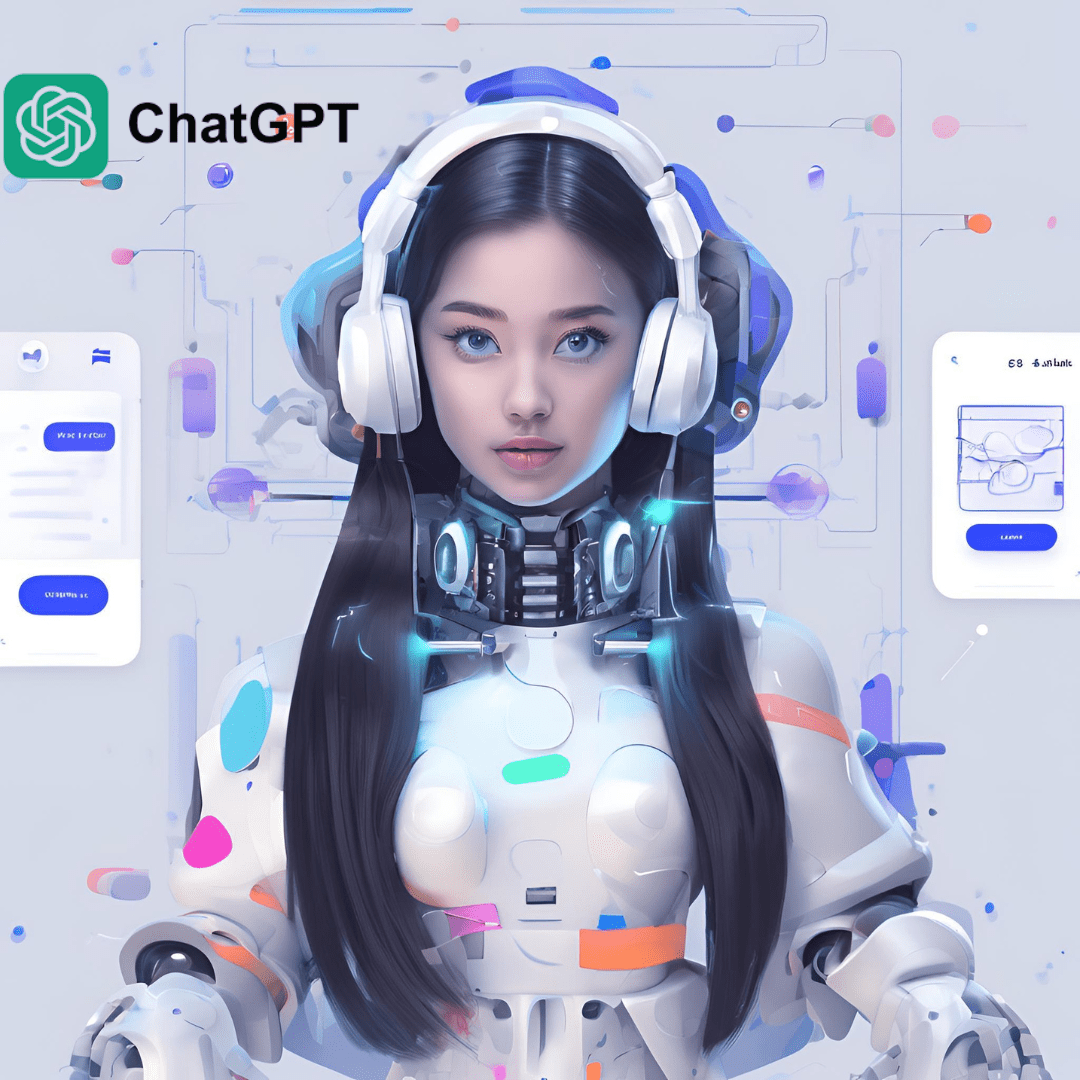The idea of intelligent or “thinking” machines is not new. The history of artificial intelligence (AI) dates back long before modern computers. In fact, the concept of machines capable of thinking and making autonomous decisions was explored by ancient myths and philosophers centuries before the invention of the first electronic devices. The quest to understand the nature of human intelligence and replicate it in machines has deep roots in human history.
The Origin of the Idea of AI in Ancient Greek Myths
The concept of automatons, or machines that function autonomously, was already present in Greek mythology. A notable example is the myth of Talos, the bronze giant who was programmed to protect the island of Crete. Although these ideas were wrapped in legends, they provided an early glimpse into humanity’s desire to create beings capable of acting and thinking like humans.
These myths, though fantastical, reflected the human desire to create machines with human-like characteristics, an idea that would later become the foundation of modern artificial intelligence. Over the centuries, this idea evolved, but the essence of creating something that mimics human intelligence remained constant.
Alan Turing and the Famous Question: “Can Machines Think?”
The concept of AI began to take shape in the 20th century, with contributions from scientists like Alan Turing, one of the pioneers of computing. In 1950, Turing published a fundamental paper titled “Computing Machinery and Intelligence”, in which he posed the famous question: “Can machines think?” This question became the starting point for many of the debates that continue to this day in the field of artificial intelligence.
Turing also introduced the concept of the “Turing Test”, an experiment that assesses whether a machine can exhibit intelligent behavior equivalent to that of a human. If an observer cannot distinguish the machine’s response from that of a human, then the machine has passed the test. This experiment was crucial in transforming AI from a philosophical idea into a scientific research field.
The Evolution of AI: From Theoretical Machines to Practical Applications
After Turing’s work, ideas about AI began to take more concrete form, especially with the advancement of electronic computers. In the 1950s and 1960s, researchers began to develop the first algorithms and computer programs capable of solving simple logic and mathematical problems. Over time, AI expanded to include areas like pattern recognition, machine learning, and neural networks.
Although Turing machines and early AI programs were simple compared to today’s systems, they paved the way for the incredible innovations that followed in the subsequent decades. With the advent of more powerful processors, big data, and more sophisticated algorithms, AI began to be applied across a wide range of sectors, including healthcare, automation, and entertainment.
The Philosophy Behind AI: The Challenge of Imitating Human Thought
Despite technological advancements, Turing’s question still lingers in the minds of many researchers: Can machines truly think like humans? To answer this question, it is not enough just to create algorithms that solve complex problems. It is also necessary to understand what “thinking” or “intelligence” means in human terms. Many argue that true intelligence involves more than just processing information; it also involves consciousness, emotion, and intuition — aspects that are still difficult to replicate in machines.
Furthermore, human intelligence is deeply connected to our bodies, emotions, and experiences in the world. Trying to replicate these dimensions in an artificial system remains one of the greatest challenges in AI. While machines can simulate intelligent behavior, full replication of human thought is still a distant goal.
How Modern AI Reflects Early Philosophical Concepts
Today, AI is integrated into many aspects of daily life, from virtual assistants like Siri and Alexa to self-driving cars and AI-based medical diagnoses. However, despite its ubiquity, modern AI still reflects the philosophical and mythical concepts that emerged thousands of years ago. Just like the mythological automatons, today’s AI attempts to emulate human behavior, but it still lacks the complexity and flexibility of the human brain.
This historical journey of AI teaches us that the quest to understand and replicate intelligence is not a 21st-century novelty, but a human aspiration with deep roots in the past. What started as a myth became a philosophical question and is now a scientific research field with tangible applications in our daily lives.
The Future of AI: Continuing the Journey Started in Ancient Greece
As we move forward in AI development, Turing’s question of whether machines can think or not continues to guide researchers. In the future, machines may not only simulate human intelligence but may even surpass it in specific areas. However, true “thinking” in a machine is still something far from being achieved, and the philosophical questions that arose centuries ago still play a fundamental role in the development of AI.









